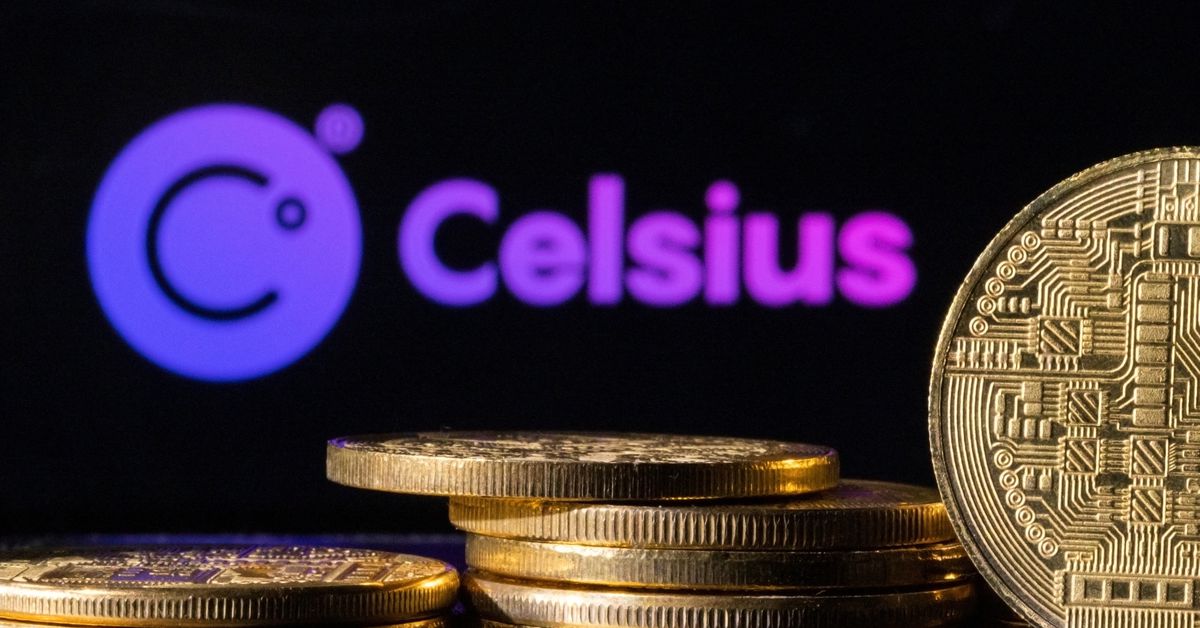Because they took out loans from every well-known, deep-pocketed lender, if 3AC (Three Arrows Capital) went bankrupt, the ramifications would be huge. Every lender is anticipated to bear the brunt of the 3AC, including BlockFi, Genesis, Nexo, and Celsius.
3AC’s assets, the last public asset number was $18 billion, but I strongly assume they had a significantly lower genuine NAV at the time, and rumor has it that they still hold collateral on Deribit, despite having sold of the assets.
However, we continue to calculate with 18 billion, assuming 9 billion is the fair value of the VC portfolio and 9 billion is liquidity.
Assuming that all of these assets are BTC (yes, they had altcoins, but they perished horrifically), they will have roughly 70% less liquidity from 11/21 to now.
Their liquidity is only worth 2.7 billion dollars at best, and when you include in the risk of altcoins, their liquidity is reduced to 1 billion dollars or less. This corroborates rumors that they were unable to achieve their margin criteria.
Failure to meet margin calls is a hedge fund’s death knell. Attempts to use Starkware equity as collateral have been reported, whether using cryptocurrencies or standard monies.
3AC is one of the largest global lending customers, and their failure would put their lenders at danger. The difference between what they owe and the liquidated collateral will be covered by lenders.
These lenders are unprepared; their balance sheets range from $10 to $20 billion, and their equity buffer is roughly 5% (the value margin of assets over liabilities), implying that defaults will result in significant equity loss.
Not every lender is the same. The worst is Celsius, which is completely broken. Nexo I don’t know, BlockFi isn’t great either, but Genesis is definitely the finest of the bunch.
As a result, lenders will take steps to protect themselves by pulling loans from the system. All lenders are likely to have roughly $50 billion in loans… I estimate that 30-40 billion in credit will be destroyed, i.e., loans will be called back and credit will be restricted.
When credit departs the system, there is less money overall, and there is less money for the same number of assets, hence the asset’s price declines.
Further, when credit is canceled, each participant’s overall balance sheet shrinks as risky assets are flagged and market makers’ capacity to offer liquidity is harmed.
The bid and ask spreads widen, and funds must deleverage their hazardous assets to retain the same VaR when volatility rises. Also, will UST and now Celsius intimidate LP? Preparing for redemption and selling early is preferable.
In essence, the failure of significant funds and lenders would reduce overall credit in the system, resulting in more deleveraging. So far, the liquidation has gone smoothly, but there are still more people who need to deleverage.
To be honest, I have no idea what an acceptable price is. After all, if your consumers are dead, you’ll have to wait for other customers to arrive before your business can pick up.
If no one steps in, though. Bitcoin’s price could go below $10,000. After all, we’ve had a rise (quantitative easing, etc.) and now we’re in the midst of a perfect storm of significant financial asset deleveraging (rate hikes, QT, inflation).



